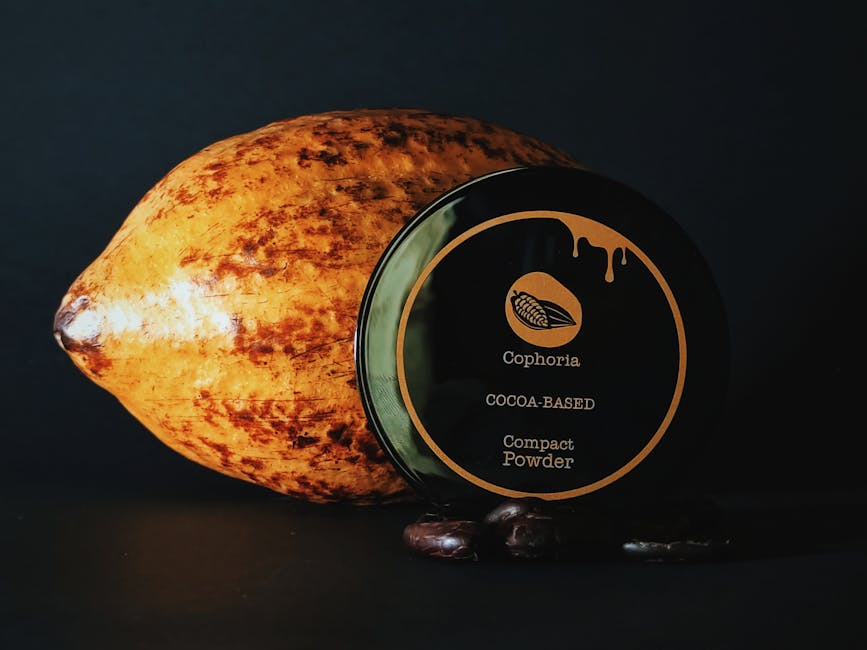So, you’re sitting there in 2025, maybe scrolling through your feeds, maybe even just checking the good old inbox. You hear folks talking about “email marketing campaigns” and you probably wonder, like, what exactly even is all that stuff? Is it just a fancy way to say sending spam? Not really. It’s actually a whole big, planned series of emails that businesses, organizations, sometimes even individuals, put together. They send these out to a specific group of people who, usually, have said they wouldn’t mind hearing from them. It’s a way to talk directly to customers, you know, or potential customers, without all the noise of social media or other places.
The main idea, with these email campaigns, is pretty simple if you boil it down. It’s about getting people to do something. Maybe you want them to buy a new widget or sign up for a service, or maybe just read your latest blog post. It could also be about building a relationship, so people feel good about your brand, whatever that is. It’s a communication tool, a pretty direct one, that’s been around for ages but, interestingly, it’s still working pretty darn well even in this day and age of a million other digital things yelling for attention. It truly is a consistent way businesses connect.
So, What Even Are These Email Marketing Campaigns, Anyway?
Okay, let’s break it down properly, because there’s a bit more to it than just hitting ‘send’. An email marketing campaign isn’t just one email; it’s a whole string of them, all designed to work together, sort of like a story unfolding. Each email has its own job, but they all push towards the same big goal. They might come out over days, or weeks, or even months, depending on what the business is trying to achieve with them.
You usually don’t just send these emails to anyone, which is the big difference from random spam mail you get. People have normally given permission, they’ve opted in, which means they want to hear from you. This is super important because it makes sure the people getting the emails are, well, already a bit interested in what you have to say. It helps a lot with getting people to actually open the emails and read them. That permission makes everything work better.
These campaigns can take many different forms, which is interesting to think about. You might get a “welcome series” when you first sign up for something, or maybe a bunch of emails telling you about a new sale. Sometimes, they’re just regular newsletters keeping you up-to-date on company happenings or useful information. The style and goal change a lot, but the underlying structure, a planned series of communications, stays the same. It’s what makes it a campaign, rather than just an email here and there.
Why Bother with Email in 2025? Isn’t it Old News?
You might think email is, like, a bit old-fashioned now, especially with TikTok and all the other quick-hit stuff people do online. But here’s the thing: everyone still checks their email, probably more than they admit. It’s still a primary way many people get information, whether it’s for work or personal things. Your inbox is, in a way, kind of a digital post office box, and people go there to get their mail.
One really big reason email is still so useful is that you actually own your email list. Unlike social media platforms, where the rules can change overnight and suddenly your reach is cut, your email list is yours. No algorithm decides if your message gets seen; it goes straight to the inbox (unless it hits spam, which we try to avoid). This direct connection is, frankly, pretty powerful for businesses who want to stay in touch with their people. It’s a sort of unchanging connection.
Plus, email marketing can, believe it or not, still be really good for making money. It often has a really good return on investment, meaning for every dollar you put in, you tend to get more back than with some other kinds of advertising. When done right, it pushes people to act, whether that’s buying something, signing up for an event, or just becoming a more loyal follower of your brand. It’s a pretty effective way to talk to specific groups of people too, which helps a bunch.
How Does This Email Stuff Actually Work When You Get Down To It?
So, practically speaking, how does one even do an email marketing campaign? It starts, always, with getting people to sign up for your emails. This could be through a little pop-up on your website, a checkbox when someone buys something, or maybe even a sign-up sheet at an event. You need their permission, as we talked about, or you’re just sending unsolicited junk mail, and nobody likes that. Getting that initial “yes” is the very first step, sort of the doorway.
Once you have a list of people, then comes the part where you actually make the emails. This means writing the words, which is usually called the ‘copy’, and designing how it looks. You want it to be easy to read and nice to look at, not just a wall of text. People usually use special software, email service providers they’re called, to make these emails. These tools help you put in pictures, make buttons, and generally make it all look professional and not just like a plain text message.
After the email is designed and written, you schedule it to go out using that special software. You normally pick the best time when people are most likely to open it. Then, after the emails are sent, the work isn’t totally done. You need to look at the numbers, like how many people opened it, how many clicked on the links inside, and who maybe unsubscribed. This data tells you what’s working and what isn’t, so you can make your next emails even better. For businesses looking to stand out in a digital space, especially those considering modern solutions like Mobile app development Delaware, having a solid email strategy is just part of the overall online picture. It really ties into the whole digital experience.
Making Your Emails Not Stink: Some Simple Ideas for 2025
Let’s be real, a lot of emails just aren’t that good. So, if you’re going to bother with email marketing, you might as well try to make yours stand out and actually be useful. One of the biggest things is to write like a real person is writing it. Don’t be too corporate or stiff; try to sound friendly and approachable. Imagine you’re talking to one person, not a huge crowd, because that makes it feel much more personal.
It’s also super important to give people something that they actually want. That means useful information, a good deal, entertainment, or something they find interesting. If every email is just “buy my stuff, buy my stuff,” people will get bored and stop opening them pretty quick. Think about what your readers actually care about, what problems they have that you can maybe help with. It’s a give-and-take sort of thing.
And in 2025, pretty much everyone is checking emails on their phone, right? So your emails have to look good and be easy to read on a small screen. That means big fonts, clear buttons, and not too much text all crammed together. If someone opens your email on their phone and it’s a mess, they’re probably just going to delete it without even reading. It’s a basic requirement now, really.
Finally, don’t forget to test different things out. Try different subject lines to see what gets more opens. Try different pictures or different calls to action (what you want them to do). It’s a bit of an ongoing experiment to see what your specific audience reacts to best. And, normally, try not to send too many emails, or too few. It’s a delicate balance to stay top of mind without being annoying.
So, in the big scheme of things, email marketing campaigns in 2025 are still a really fundamental way for businesses and other groups to talk to people directly. It’s about building lists, sending out a sequence of planned messages, and then making sure those messages are actually helpful and interesting to the people getting them. It’s not just some old-school trick; it’s a living, breathing part of how modern communication gets done, and it’s something many, many businesses keep doing because it works well for them. It takes a little planning, sure, and some trial and error, but the general idea is quite straightforward when you get right down to it.
FAQs About What Are Email Marketing Campaigns
1. What’s the main idea behind an email marketing campaign?
The core idea is sending a planned series of emails to people who agreed to get them. It’s not just one random email; it’s a sequence aimed at getting them to do something, like buy something or learn more.
2. Are email marketing campaigns just fancy spam emails?
No, definitely not. Real email marketing campaigns are sent to people who have specifically given permission to receive messages from a business or organization. Spam is unwanted, unsolicited emails.
3. Why do businesses still use email campaigns in 2025, when there are so many other digital options?
Email is still a very direct and personal way to reach customers. Businesses own their email lists, giving them more control than on social media. Plus, it often leads to good results in terms of sales and customer relationships.
4. What types of emails are usually part of an email marketing campaign?
There are many kinds. Common ones include welcome emails for new subscribers, newsletters with updates, promotional emails for sales, or educational emails that share helpful tips and stories. Each type has its own particular purpose.
5. How do you know if an email campaign is working or not?
You track things like how many people open the email, how many click on links inside, and if they unsubscribe. This data helps you figure out what parts of your emails are good and what might need some changes to make things better next time around.










